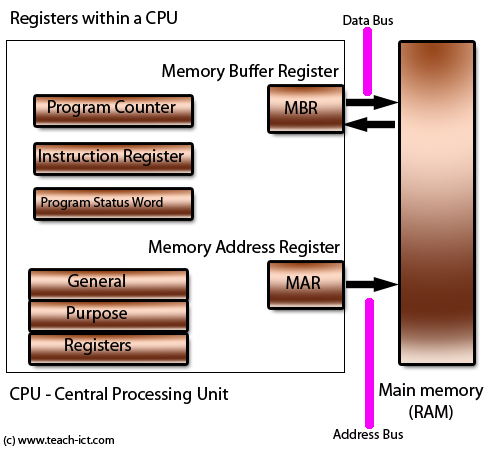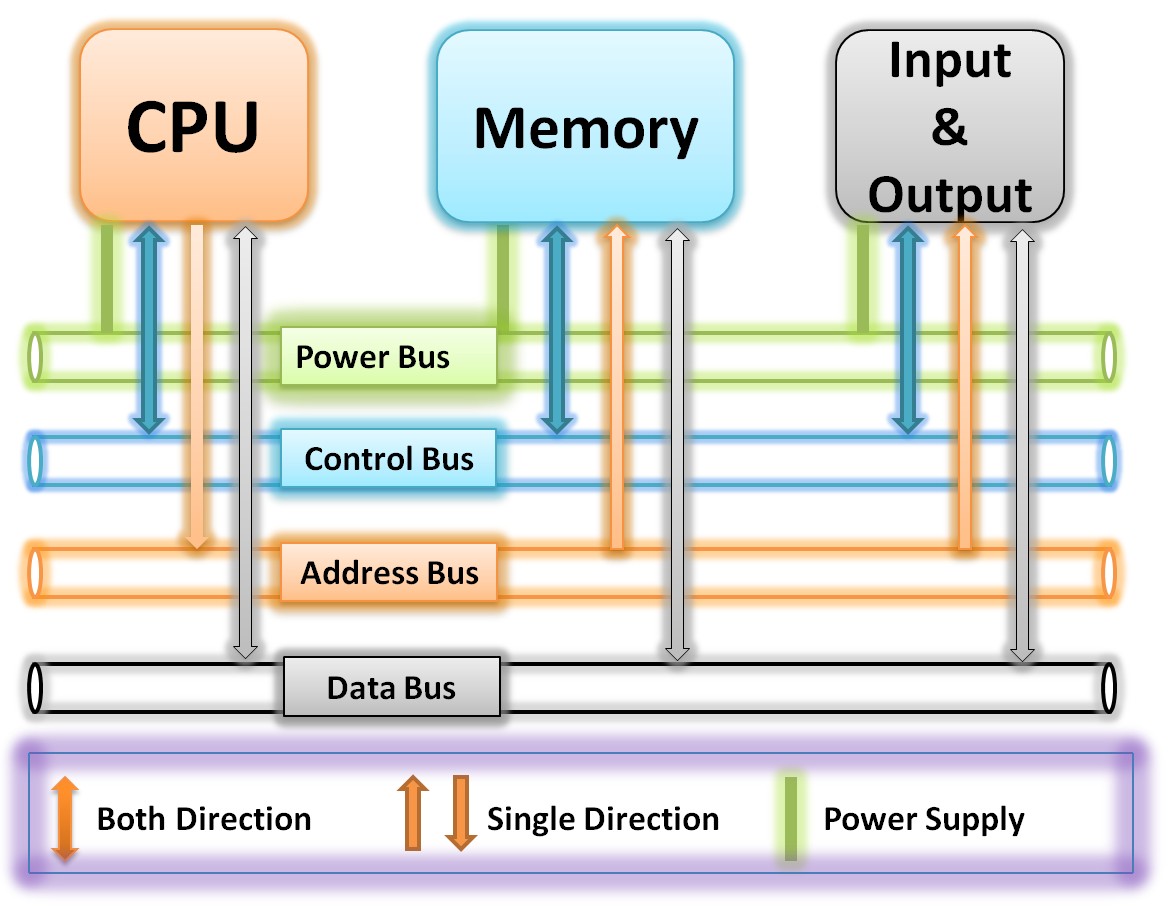Back to: COMPUTER SCIENCE SS2
Welcome to SS2 Second Term!
We are eager to have you join us in class!!
In today’s Computer Science class, We will be discussing Computer Data Conversion. We hope you enjoy the class!

COMPUTER DATA CONVERSION
Computer Data Conversion
Data conversion is the conversion of computer data from one format to another. Throughout a computer environment, data is encoded in a variety of ways. For example, computer hardware is built on the basis of certain standards, which requires that data contains, for example, parity bit checks. Similarly, the operating system is predicated on certain standards for data and file handling. Furthermore, each computer program handles data in a different manner. Whenever anyone of these variables is changed, data must be converted in some way before it can be used by a different computer, operating system or program.
REGISTERS:
Registers are used to quickly accept, store and transfer data and instructions that are being used immediately by the CPU. There are different types of registers, accumulator, program counter, memory data register, memory buffer register. Registers are temporary storage area for instructions or data. They are not a part of memory; rather they are special additional storage locations that offer the advantage of speed. It works under the direction of the control unit to accept, hold, and transfer instructions or data and perform arithmetic or logical comparisons at high speed. Most operations are done on the register; the processor can’t directly perform arithmetic in memory. For example, if you want to add 1 to a memory address, the processor will normally do this by loading the initial value from memory into a register, adding 1 to the register, and then saving the value back to memory.
TYPES OF REGISTER
(a) MDR (Memory Data Register): This is the register of a computer’s control unit that contains the data to be stored in the computer storage (e.g. RAM) or the data after a fetch from the computer storage. It acts as a buffer and holds anything that is copied from the memory ready for the processor to use it.
The MDR is a two – way register because when data is fetched from memory and placed into the MDR, it is written to in one direction. When there is a write instruction, the data to be written is placed into the MDR from another CPU register, which then puts the data into memory.
(b) CIR (Current Interrupt Register): It captures the value that is winning the interrupt arbitration. The CIR is updated at the beginning of an interrupt acknowledge bus cycle or in response to an update CIR command. The contents remain in the CIR until another interrupt acknowledge cycle or update CIR Command occurs.
(c) User – Accessible Register: The most common division of user-accessible registers is into data registers and address registers.
(d) Data Registers: They are used to hold numeric values such as integer and floating-point values.
(e) GPRs (General Purpose Registers): They can store both data and addresses.
(f) FPRs (Floating Point Registers): They store floating-point numbers in many architectures.
(g) Constant Registers holds read-only values such as one, or pi.
(h) Special Purpose Registers: They hold program state
(i) Instruction Registers store the instruction currently being executed.
(j) Model – Specific Register (also known as machine – specific register) store data and settings related to the processor itself.
(k) Control and status register: It has three types which are program counter, instruction register and status word (PSW).


ADDRESS: Is the code that identifies where a piece of information is stored. A memory address is an identifier for a memory location, at which a computer program or a hardware device can store data and later retrieve it. In modern byte-addressable computers, each address identifies a single byte of storage; data too large to be stored in a single byte may reside in multiple bytes occupying a sequence of consecutive addresses. Some microprocessors were designed to be word–addressable so that the addressable storage unit was larger than a byte. The efficiency of addressing of memory depends on the size of the address bus.
In a computer program, an absolute address, (sometimes called an explicit address or specific address), is a memory address that uniquely identifies a location in memory. This is different from a relative address, which is not unique and specifies a location only in relation to somewhere else (the base address). For example, a computer said to be “32 bits” usually treats memory addresses as 32 – bit integers; a byte-addressable 32 – bit computer can address 232 = 4,294,967,296 bytes of memory or 4 gigabytes.
BUS: Is a collection of wires through which data is transmitted from one part of a computer to another. A bus, in computing, is a set of physical connections (cables, printed circuits etc.) which can be shared by multiple hardware components in order to communicate with one another. The purpose of a system bus is to reduce the number of pathways needed for communication between the components, by carrying out all communications over a single data channel.

We have come to the end of this class. We do hope you enjoyed the class?
Should you have any further question, feel free to ask in the comment section below and trust us to respond as soon as possible.
In our next class, we will be talking about Computer Data Conversion II (BUS). We are very much eager to meet you there.

This lesson was great but it is different from what was taught in school,not all types of registers are listed
Thanks for choosing Classnotes.ng!
Please feel free to recommend the platform to your family and friends. We can also be reached via [email protected]
Cheers!
Same thing i noticed, I didn;t see AC, DR, AR,IR,PC and so on sha.
That’s great
It does not have all the types of buses and we were taught differently at school am naomli’s son
I find it interesting
Thanks for choosing Classnotes.ng!
Please feel free to recommend the platform to your family and friends. We can also be reached via [email protected]
Cheers!
Great
Thanks for choosing Classnotes.ng!
Please feel free to recommend the platform to your family and friends. We can also be reached via [email protected]
Cheers!
Great !
cool
😃👍
It’s really great but there are no interactive questions based on the class. I use Classnotes to study for tests especially if I’m in place where I don’t have my book. Please could assessment questions be added
Thank you
Thank you for the feedback. We will be adding assessment questions to the notes that currently don’t have one shortly.
PLEASE LET HAVE OBJECTVES QUESTION WHICH WE STUDENT CAN ANSWER WHEN NOT WITH OUR NOTE IF WE WANT TO STUDY
I love this class note so much , it is exactly what my teacher told me
😃👍